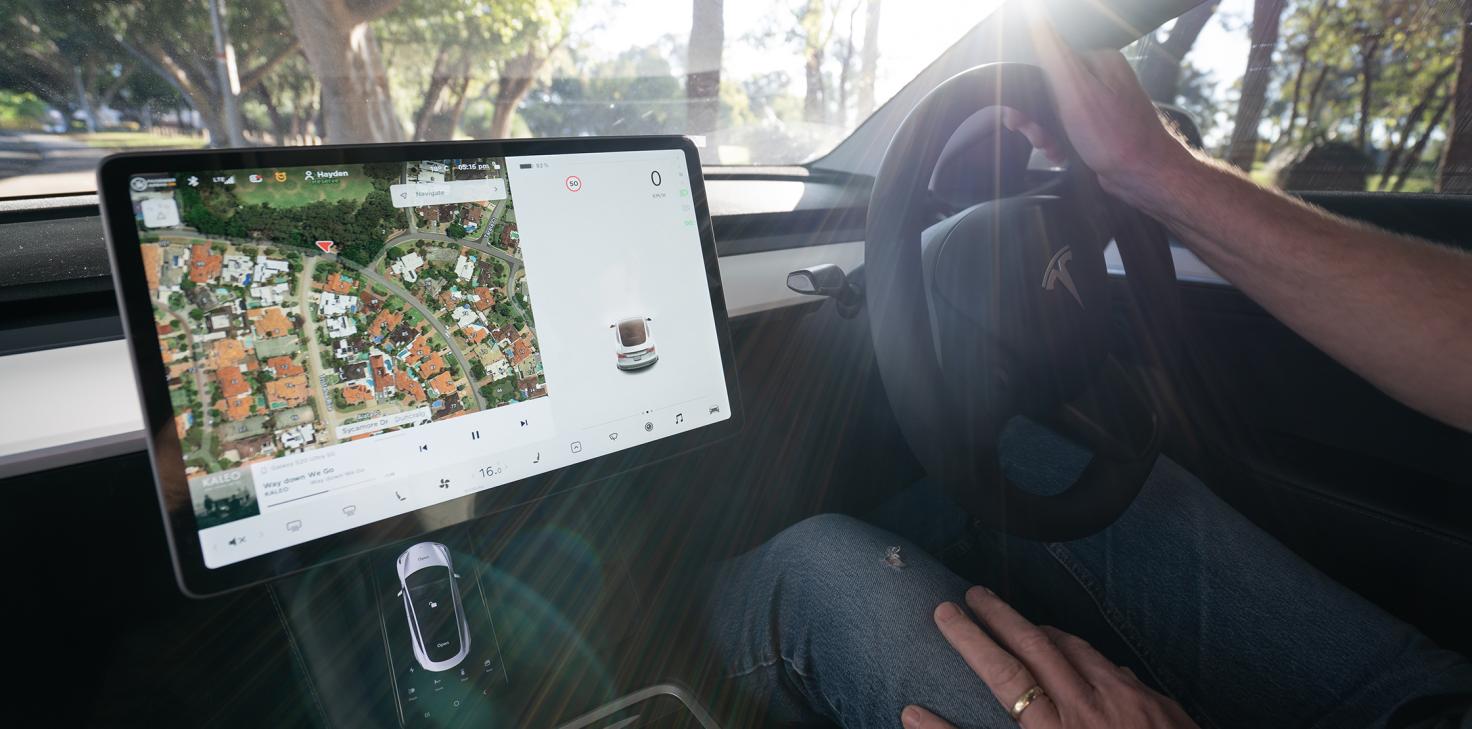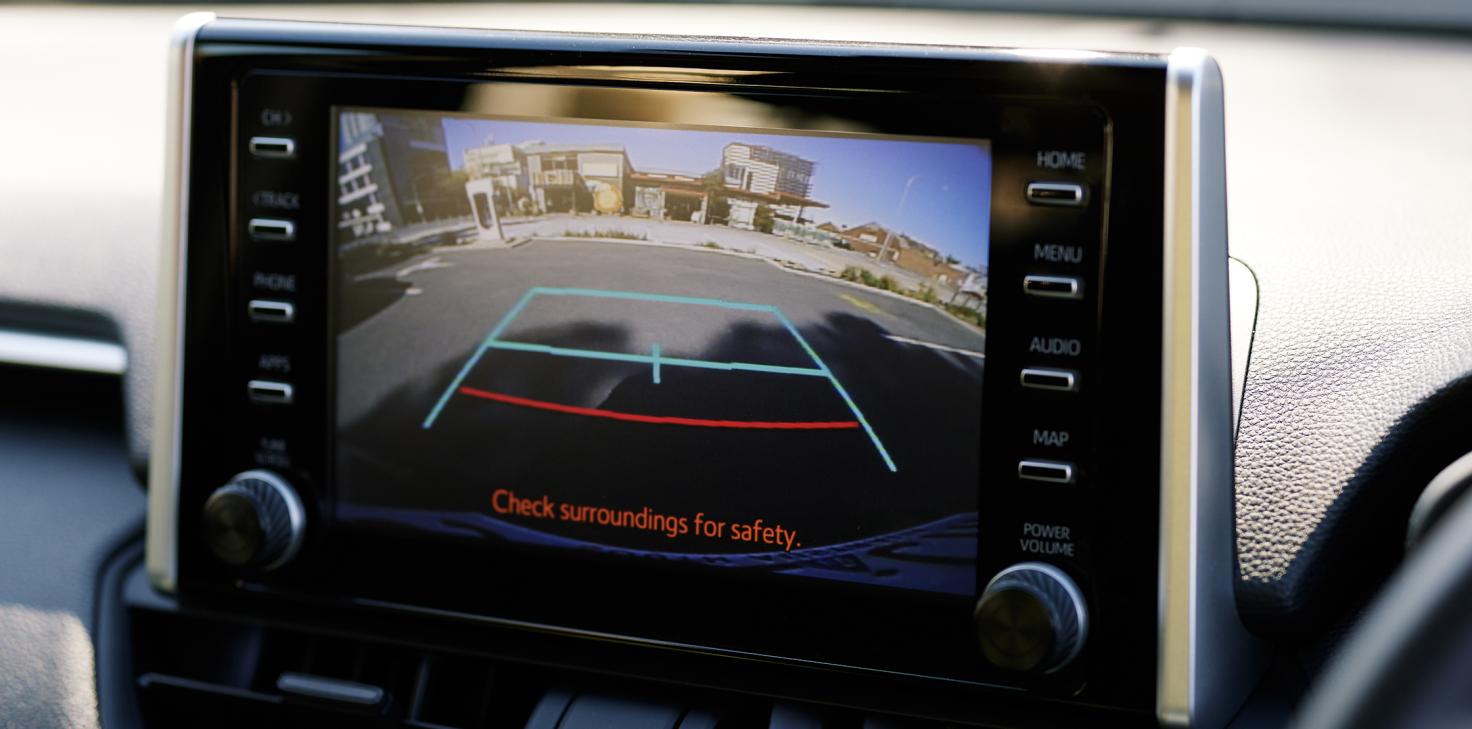30 March 2022
How emerging technology is helping to take driver safety out of your hands
Thanks to emerging technology this could be a thing of the past. Cars that can prevent you from falling asleep at the wheel, see around corners and can talk to another vehicle are no longer science fiction.

Vehicles have come a long way since the first engine spluttered its way to life back in 1886. With every passing year we see new methods and advancements to make cars easier to repair and more efficient but perhaps the greatest advancements are in safety. So whilst it may be cool to discuss how in the future your car will be able to order your pizza to arrive home the same time you do, it is the safety features that will provide additional perception, security and peace of mind every time you drive.
Assisted Driver Technology (ADT) is one such technology taking leaps and bounds. Considering the fact that a few seconds can be the difference between having an accident or not having one, having assisted ADT is like having a real time in car support co-pilot with you on every trip. It’s like having someone else monitor the road ahead while providing instant feedback to give you, the driver, these critical few seconds needed to avoid a collision.
According to Russell White, Managing Director of Driver Safety Australia “the most exciting thing ahead of us is the autonomous tactics cars can deploy in an emergency situation where a driver hasn’t reacted in time. Having the capability to stop in an emergency situation is going to be significant”. According to AXA insurance, 2 seconds of early warning could prevent virtually all rear-end collisions.
Cars that watch you while you watch the road
As the dream of the driverless car creeps slowly towards reality, it wouldn’t be possible without ever more sophisticated location technology. It’s not only enough to tell a car or truck where to go, they have to recognise obstacles and be updated on new hazards as they occur, knowing trouble spots to the nearest centimetre. Striving to prevent accidents by proactively detecting potential dangers on the road in advance is now at the forefront of cutting-edge technologies.
White said that distractions are a huge contributing factor to accidents and future technology is now focussing on ways to limit these. It won’t be long till your car will be monitoring you as much as you will be monitoring it. Advances such as driver monitoring systems alerting a driver when they are too tired to drive or needing to pay more attention to the road, or to put that sandwich away and focus, are already a reality and they are only getting more sophisticated.
A second set of eyes on the road
Having high end technology at your fingertips can make each trip more comfortable and less stressful. When asked what technology sprang to mind as one of the most exciting on the market, Russell White quickly offered up ‘EyeSight X Driver Assist Technology’ from Subaru, which utilises four cameras mounted in the windscreen to help detect, minimise and prevent collisions. In addition to monitoring other cars, the system can recognise pedestrians and cyclists and determine their distance, shape and speed of travel. Subaru EyeSight X boasts a 360 degree view and it really is like having a second pair of eyes.
What if I can’t afford a top of the range new car?
You don’t have to purchase a new vehicle to get the latest safety technology. Products are available to quickly and cost-effectively add to your car. The same technology that’s adopted by the major car manufacturers can be purchased from companies such as Fleetsafe which caters to both large companies and retail customers alike.
For a relatively small price, products can be added to the car to help vehicles see where the driver can’t. For instance, state of the art microwave radar technology can be used to monitor what’s going on both in and around the vehicle. Trucks currently use a product called Spotto which alerts drivers to vehicles in their blind spots.
Clive Rogers, Managing Director of Fleetsafe says “future technologies will help reduce risk and prevent collisions as automation and AI become more prevalent in vehicles”. One of Fleetsafe’s most interesting products is Mobile 8, a collision avoidance system that can detect pedestrians and cyclists at night and in low light conditions and provide up to 2.7 seconds forewarning before a collision with another vehicle or motorcycle.
Almost all vehicle accidents are caused by human error which can be avoided. Advanced Driver Assistance systems (ADAS) systems use automated technology such as sensors and cameras to detect nearby obstacles or driving errors. And they’re proven to work. They can warn of hazards ahead, help monitor the speed limit and even prevent drunk driving.

What are commonplace safety technologies today?
Airbags whilst not compulsory in Australia, it is commonplace to have at least a driver airbag fitted in most cars.
Antilock Brake System (ABS) help you maintain control of your vehicle when stopping quickly or on slippery road conditions
Adaptive Cruise Control Like regular cruise control, you set the speed. That speed, however, is the top speed, and sensors in the vehicle will adjust to lower speeds when traffic calls for it.
Rearview Video Systems allows you to see behind your vehicle while you are reversing.
Traction Control typically works with the ABS system. When a wheel spins, such as in wet or icy conditions, the traction control system sends braking power to that wheel enabling you to remain in control.
What’s the standard of safe driving technology about to look like?
Brakes that react even faster than a human driver who is paying attention.
Brake Assist works using sensors that apply the brakes when it senses an imminent collision. Volvo boasts that thanks in part to this feature, their 50,000 XC90 models sold in the UK have not experienced a single occupant die as a result of a crash.
Assisted braking, steering or accelerating to keep the vehicle in its lane and avoid a side swipe collision.
Lane Keeping Support (LKS) Ninety-four percent of fatalities could be avoided by the driver making a different choice. This option takes the lane departure warning a step further than simply alerting the driver it has veered from the lane.
Cars that communicate with each other.
Vehicle-to-Vehicle (V2V) Communication is a feature that rapidly exchanges with other vehicles also equipped with V2V thus working together to increase the crash avoidance of each vehicle.
Crash Avoidance Technology
Tools to look out for to assist the driver in making the best decision include
Lane Departure Warning (LDW), Blind-Spot Warning (BSW), and Forward Collision Warning (FCW)
A car that knows when you’re tired.
Of all the exciting new advances this technology senses driver fatigue, monitoring the driver’s face to detect drowsiness and driving impairment, with alters to prevent from losing control.
Last but not least – there’s also high-tech lo-tech
Seatbelts have continued to grow in effectiveness. From pretensioners to inflatable belts that spread out the force of the belt during a crash.
Just as John Hetrick dreamed of the airbag as a feature to prevent injury to his daughter, the dream of travel, free from the risk of injury, is the goal that continues to drive innovators. While there’s still a long way to go on the journey to driverless cars, what once would have only applied to the high end car market is now becoming standard. The future of car safety technology is exciting and until driverless cars are the norm, there’s a lot to look forward to.



